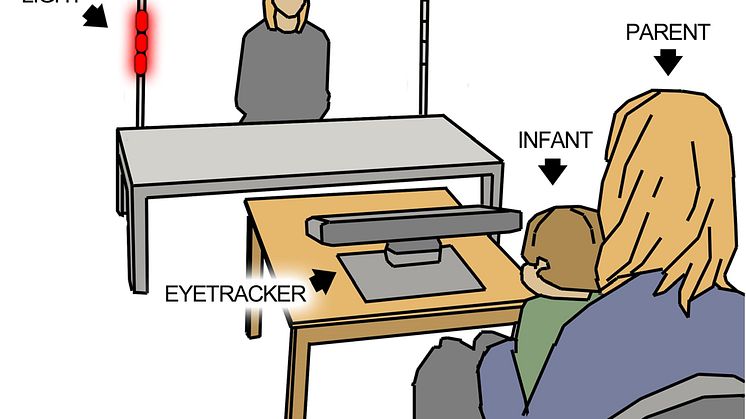How bacteria translate proteins from structurally blocked mRNAs - using standby
Bacterial ribosomes need a single-stranded ribosome binding site (RBS) to initiate protein synthesis, whereas stable RNA structure blocks initiation. Paradoxically, structured mRNAs can nevertheless be efficiently translated. Researchers at Uppsala University have now elucidated the anatomy of a "standby" site and its requirements, to overcome RNA structure problems for translation.

